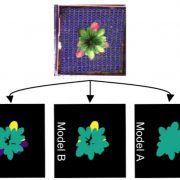
Got Rosettes? Phenotype Them Fast, Accurately, and Easily with ARADEEPOPSIS!
Blog, Research, The Plant Cell, The Plant Cell: In Brief“Deep learning” is a buzz term that seems to be cropping up in plant biology research these days. Originally reserved, perhaps, for computer nerds rather than us biology ones, deep learning is a type of machine learning used in the field of artificial intelligence. Modeled on the human brain, deep…
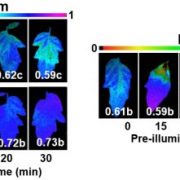
A high-five for high light protection
Blog, Plant Physiology, Plant Physiology: News and Views, ResearchKasper van Gelderen
Utrecht University
[email protected]
Plants cannot live without light, but they also cannot live with too much light. Beyond a certain threshold, a high light intensity will damage the photosynthetic apparatus directly. Furthermore, high light leads to the production of reactive…
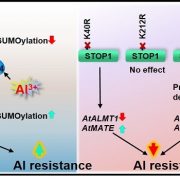
SUMOylation and the Regulation of Aluminum Resistance
Blog, Research, The Plant Cell, The Plant Cell: In a NutshellFang and Zhang et al. show that SUMOylation and deSUMOylation regulate the stability of a transcription factor, thereby influencing aluminum resistance in Arabidopsis. Descriptive paragraph. Plant Cell https://doi.org/10.1105/tpc.20.00687
Background: Aluminum (Al) is a primary constraint for crop…

Review: Integration of reactive oxygen species and hormone signaling during abiotic stress (Plant J.)
Plant Science Research Weekly
During its life cycle, a plant experiences many types of abiotic stress including drought. While waiting for the next drops of water, a thirsty plant acclimates by initiating a series of tolerance responses. Stress perception is followed by stress-induced signaling which can include reactive oxygen…
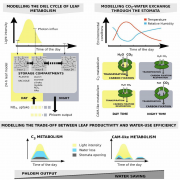
Alternative CAM and water-saving flux modes into C3 leaf metabolic model (Plant Cell)
Plant Science Research WeeklyCrassulacean acid metabolism (CAM) is a photosynthetic adaptation pathway in arid environments to minimize water loss by opening the stomata at night, when the temperature and therefore water loss due to transpiration is lower. Carbon dioxide is initially fixed at night and stored in the vacuole. Engineering…

Nitrate inhibits nodule organogenesis through inhibition of cytokinin biosynthesis in Lotus japonicus (bioRxiv)
Plant Science Research WeeklyThe symbiotic association between legumes and nitrogen-fixing rhizobia leads to the formation of nodules in roots, which supply nitrogen to the plant in low soil nitrate condition. In contrast, the presence of high nitrate reduces nodule formation. Cytokinin (CK) biosynthesis plays a major role in nodule…
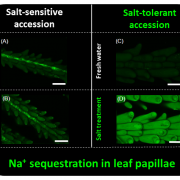
The halophyte seashore paspalum uses adaxial leaf papillae for sodium sequestration (Plant Physiol.)
Plant Science Research WeeklyGlobal warming and intensive farming are increasing soil salinity, which is predicted to affect 30% of cultivated land by 2050. Salinity represents a major threat for agriculture as most crops drastically reduce their growth and productivity in saline environments. Understanding the strategies used by…
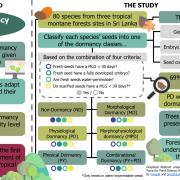
The first dormancy profile for a tropical montane forest community (Plant Biol.) ($)
Plant Science Research Weekly
Seed dormancy is a crucial mechanism to synchronize germination with the most suitable environmental conditions. Therefore, assessing its prevalence at the community level allows us to understand how plants adapt to their local environment. In this paper, Athugala and colleagues build the first dormancy…
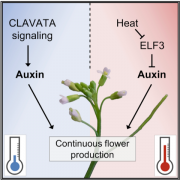
CLAVATA signaling ensures reproductive development in plants across thermal environments (Curr. Biol.)
Plant Science Research WeeklyPlant reproduction and development requires robust signaling pathways that integrate environmental queues such as temperature. In Arabidopsis, the formation of flower primordia from the inflorescence meristem (IM) depends on the proliferation/ differentiation balance and is regulated by auxin and the…

